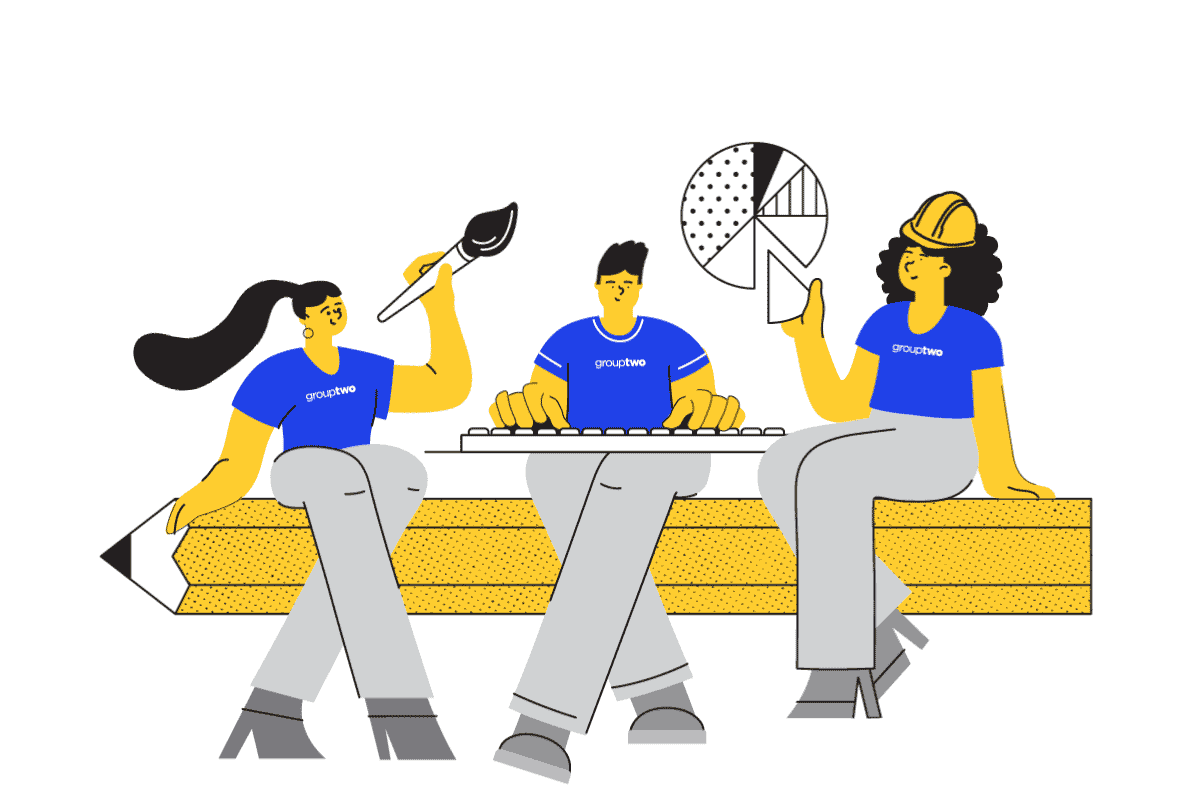What’s Going On
Google Ads recently updated its policy to prohibit advertisers that place ads for employment, housing, or credit services from targeting or excluding ads “based on gender, age, parental status, marital status, or ZIP code.” These changes will take effect October 19th, and will significantly affect targeting options available to builders.
As a builder, you already know that the federal Fair Housing Act explicitly prohibits landlords and sellers from discriminating against potential renters or buyers on the basis of race, national origin, religion, sex, familial status, or disability. (“Family status” includes a ban on discriminating against families with children or someone who is pregnant.) This applies to the advertising of units, as well as who actually gets to sign the lease or the mortgage and what they have to pay.
Unlike some other ad platforms, Google Ads has never given advertisers the option to target based on race, nationality, religion, or disability. Google Ads did, however, allow ad targeting based on sex, age, zip code, and familial status. These options are going away…at least on the surface level (more on that below).
While ZIP code targeting is not explicitly prohibited per FHA guidelines, it can easily be used to target other categories indirectly, such as race or ethnicity, because many zip codes are highly segregated. It’s for this reason Google Ads is eliminating this option, just like Facebook did in 2019.
One key difference between Facebook’s and Google’s policy, is that Google is NOT eliminating Household Income (HHI) targeting options. Because HHI uses location data as a determining indicator, builders who effectively use HHI will be less impacted by the removal of ZIP code targeting.
Should You Worry?
It depends! Are you or your agency using Google’s Smart Bidding or Manual CPC?
If you currently advertise with Group Two, there’s no need to worry — you already use Smart Bidding, and your campaigns are actively managed and monitored!
While the elimination of age and other demographic data points may seem alarming, due to the power of artificial intelligence and machine learning, the impact should be minimal, as long as you are correctly leveraging Google’s AI and machine learning capabilities.
Some ad agencies and digital strategists who use a Manual CPC bidding strategy believe they can outsmart AI and machine learning. However, countless studies and A/B tests over time have proven that smart bidding consistently produces better results. Because this update significantly reduces options for bid adjustments and targeting during campaign setup, it will only further decrease the efficacy of Manual CPC.
Here’s a little secret no one is talking about; while certain targeting options such as age are being eliminated from the Google Ads’ setup interface, these data points will still be associated with Google user profiles, and therefore used to inform Google’s Smart Bidding algorithms.
So, if your Google Ads campaigns have sound fundamentals, they will not target individuals who are unlikely to convert based on historical data. Google Ads’ Smart Bidding will do this by automatically bidding lower (or not at all) on certain users. For example, if you are a luxury builder with prices in the $500s, the 18-24 age bracket will probably not convert due to lower purchasing power and stage in life. After it completes a learning period of around 7 days, Google will shift focus away from segments that are not converting.
That said, Smart Bidding is only as good as the data it is fed. It goes without saying that you need to have the correct conversion tracking set up so that Google Ads will get as many X actions (contact form submit, phone call, subscribe, etc.) as possible. If you do not accurately define what to maximize for, Smart Bidding will make bad decisions.
Why?
At the end of the day, Google is a publicly traded company that needs to maximize shareholder profits. One of the main reasons Google is implementing this policy is because they’d like to avoid being sued by HUD, like how Facebook was in 2019.
However, Google also knows that if advertisers stop seeing results due to this change, they will stop spending money — which Google will not risk, given that advertising is 71% of its revenue. So although Google might not allow you to explicitly target certain segments via the Google Ads interface, it will still allow its AI and machine learning to use all available data points to achieve the best results possible for its advertisers, so that they continue to spend.
Conclusion
While these targeting options might seem like a significant loss for advertisers in housing, keep in mind what makes Google Ads unique from other platforms — keywords. What makes Google Paid Search such an effective digital marketing channel is that the phrases that people search on Google are highly accurate indicators of purchase intent.
If someone searches “florida active adult communities,” their age doesn’t really matter. Most will be over 50, and there will also be a few younger individuals searching for their parents, who we also want to reach. There simply aren’t any teens searching “florida active adult communities.” Depending on the targeting parameters, you can also use this keyword search data to inform targeting on Google Ads’ other channels: Display, YouTube, and Gmail.
Therefore, at Group Two, the digital team’s collective opinion is that there is no long-term cause for concern as long as your Google Ads campaigns are properly set up, monitored, and optimized. Builders who have already incorporated AI and ML into their digital marketing strategies are well positioned and may actually benefit from this change in the short term as other advertisers play catch-up.
Read Google’s full announcement here.

